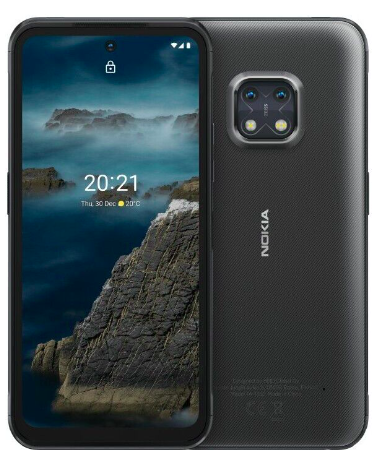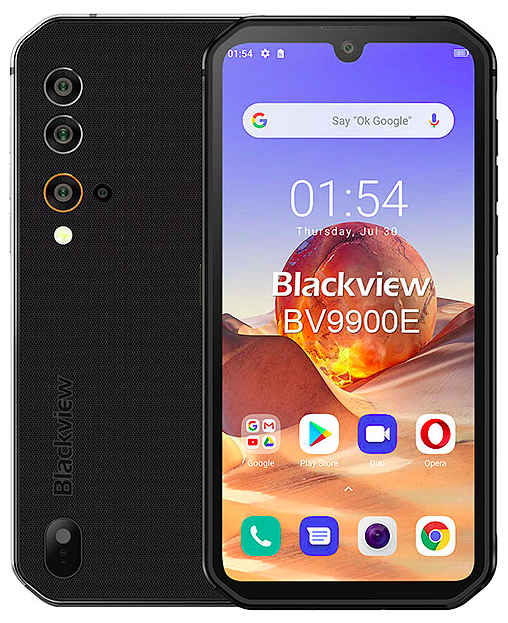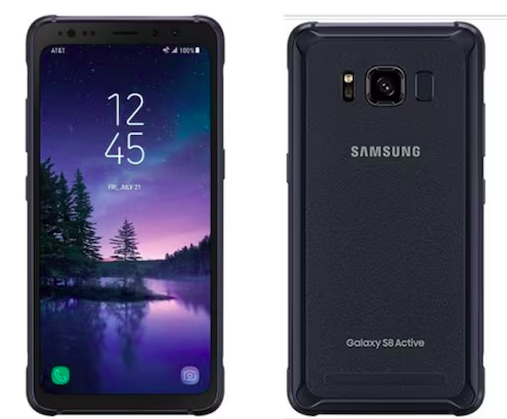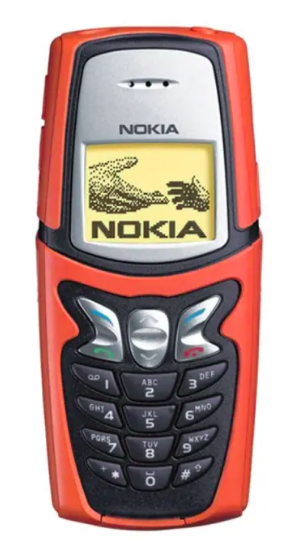Welcome to The Rugged Register

Hi. Photo by: Jonas Leupe Welcome to a blog reviewing rugged smart phones. The ambition is to review the phones not so much on the technical side of things, but from the user's perspective and after having the phone for some extended time. Most review sites will have a phone for a week or so and then refer to the technical specifications, which you as easily can find on good sites such as GSMarena or similar. Comparison sites will often put the numbers up against each other, and you will e.g. see a smart phone with 16MPix camera rate higher than one with 12 MPix with no regards to the 12MPix will take better pictures. Just with a smaller possible resolution. The ambition is to go beyond specs and focus on use. Let's see where this takes us....




